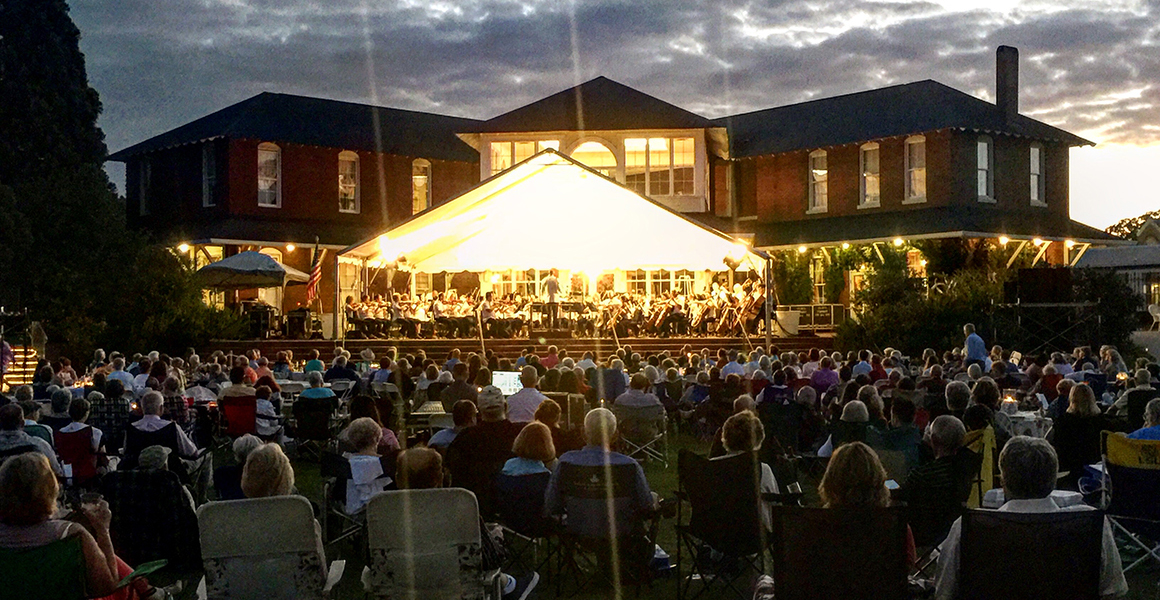
‘Tis the season for folks to begin hiking the Appalachian Trail (AT) northward from Springer Mountain in North Georgia, headed to Mount Katahdin in Maine, a mere 2181 miles away (give or take a mountain range or two).
I know what you’re thinking. “Lions and tigers and bears! Oh, my!” Pfft. Not a problem. There are no tigers on the AT. A mountain lion? Well, maybe. Bears? OK. There are bears in the woods, especially in Georgia, but there are ways to avoid meeting them in the dead of night when you both go looking for a midnight snack.
Our pal, Judy Toppins of the Chattahoochee-Oconee National Forests division of the U.S. Department of Agriculture in Gainesville, GA, has good news about conflicts and encounters between black bears and AT hikers in Georgia.
Judy says there are fewer black bear conflicts along a five-mile AT section from Jarrard Gap to Neels Gap in the Chattahoochee National Forest. This is due to the implementation of a seasonal requirement for all overnight campers to carry bear-resistant canisters to contain personal garbage, toiletries and foods.
That requirement goes into effect again beginning March 1, 2014 and ends June 1st. Hikers who choose not to camp along this section of trail are not required to carry a canister.
“We took this measure to protect hikers and make our campsites less alluring to the bears that live here,” said Blue Ridge District Ranger Andy Baker. “So far, we are seeing fewer bear-hiker interactions, and that’s a good thing for both the hikers and the bears.”
First issued in 2012 by the Forest Service, the regulation was as an alternative to closing the area to camping along the AT in the Blood Mountain Wilderness. In previous years, repeated bear conflicts required temporary, seasonal camping closures for the area for hiker safety resistant canister in the springtime.
The requirement was developed in consultation with the Georgia Appalachian Trail Club, the Appalachian Trail Conservancy and the Georgia Department of Natural Resources, Wildlife Resources Division.
Bear-resistant canisters trap odors inside, eliminating the lure of food, and they are designed to be tamper-resistant against extreme force. The regulation requires that the canisters used must be solid and non-pliable. These canisters can be purchased or rented at most retail stores and online sellers that stock camping gear.
“Any bear that associates people with food is a dangerous bear because it’s going to be aggressive,” said Baker. “By removing the lure of foods and other odors, we stop giving bears a reason to approach a campsite.”
The storage regulation is mandatory for all dispersed camping in the Blood Mountain Wilderness within a quarter mile of the trail from Jarrard Gap to Neels Gap, which includes the Blood Mountain Shelter and Woods Hole Shelter. It also includes the dispersed camping areas within Jarrard Gap.
Forest officials say black bear encounters have increased significantly in recent years in the Blood Mountain Wilderness. Bears become more active as the seasons and weather change. They are particularly attracted to human food brought into wilderness in the early spring when natural food sources are not yet plentiful. This is also the peak season for northbound Appalachian Trail hikers to begin their journeys.
Traditional food storage methods in the wilderness, such as hanging food bags between trees, are not allowed as a substitute for using a bear-resistant canister under this regulation. Although these methods are not are not as effective as bear-resistant canisters at preventing bears from retrieving food, the Forest Service does encourage this practice at other times and in other areas of the forest not covered by the canister requirement.
Blood Mountain was designated as a Wilderness Area by Congress in 1991. Wilderness designation means the land has been set aside for permanent protection because of its intact natural ecosystems. The Forest Service manages it in a way that allows many recreational activities, but also provides some restrictions to protect the area in its natural state.
Wilderness visitors are asked to practice the Leave No Trace ethic, a set of guidelines for minimizing their impacts including planning ahead, staying on durable surfaces, disposing of waste properly, leaving what they find and respecting wildlife and other visitors.
For more tips on how to protect yourself and also protect black bears when visiting the National Forest, visit the Chattahoochee-Oconee National Forests website at www.fs.usda.gov/conf or contact the Blue Ridge Ranger District Office at (706) 745-6928. A map of the area covered by the regulation is available online, at nearby trailheads, and at the District Office.
The Chattahoochee-Oconee National Forests provide the finest outdoor recreation opportunities and natural resources in Georgia. Featuring nearly 867,000 acres across 26 counties, thousands of miles of clear-running streams and rivers, approximately 850 miles of recreation trails, and dozens of campgrounds, picnic areas, and other recreation activity opportunities, these lands are rich in natural scenery, history and culture.
The mission of the USDA Forest Service is to sustain the health, diversity, and productivity of the nation’s forests and grasslands to meet the needs of present and future generations. The Chattahoochee-Oconee National Forests is part of the Southern Region, with the Forest Supervisor’s office in Gainesville, Georgia, managing four District units in Blairsville (Blue Ridge District), Lakemont (Chattooga River District), Chatsworth (Conasauga District), and Eatonton (Oconee District).


